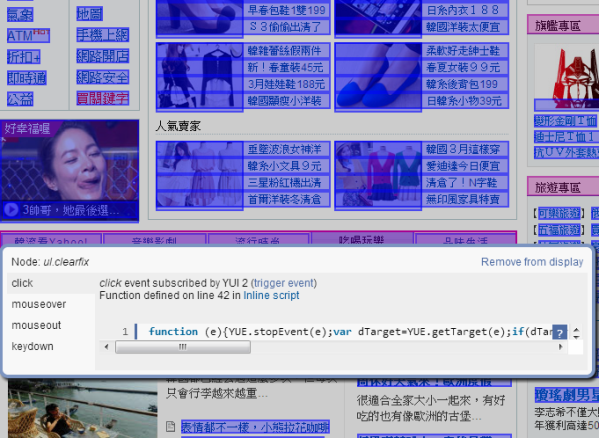backbone的router,主要用途是可以依照不同url,做不同的動作,很適合拿來做動態頁面切換,像是拿來製作mobile web,就滿適合的,使用到的技術有兩種,一個是利用錨點(#)的特性,另一個則是使用html5的pushState,達到不換頁的效果。
以下是官方的範例:
var Workspace = Backbone.Router.extend({
routes: {
"help": "help", // #help
"search/:query": "search", // #search/kiwis
"search/:query/p:page": "search" // #search/kiwis/p7
},
help: function() {
doSomething("help");
},
search: function(query, page) {
doSomething( query, page );
}
});
定義好router要做的事情後,接著把router實體化:
new Workspace()
最後執行start,router就能開始運作了:
/**
* 開始使用router
* @param {String} root 指的是起始url
* @param {object} opts.pustState 就是html的pushState,如果為true就不會採用錨點方式,而是直接更動url,讓web看到在不同頁面的url
*/
Backbone.history.start({root:"/"});
/**
* 更動web上的location url
* @param {String} url
* @param {Object} opts.trigger 為true,則會觸發router event,如果為false,只會更動location url
* @param {Object} opts.replace 為true,會取代目前這筆的history,pushState則是新增一筆
*/
Backbone.history.navigate("/search",{trigger:true});
用錨點的優勢,支援舊有的瀏覽器(backbone都處理好了,即時不支援pushState,也會採用錨點方式),也可以直接利用a這個element,直接觸發event,而不需在另外寫script去bind event。如下:
<a href="#search">search</a>
利用pushState想達到跟錨點一樣的效果,可以如下:
$(document.body).on( "click", "a.history-go" ,function( event ){
Backbone.history.navigate( $(this).attr("href").replace("#","") ,{trigger:true} );
event.preventDefault();
}).on( "click", "a.history-back" );
接著只要在a這個Element,加入class,即可達到一樣效果:
<a class="history-go" href="#search">search</a><br>
<a class="history-back">back</a>
